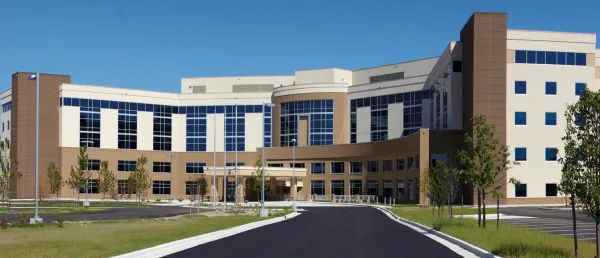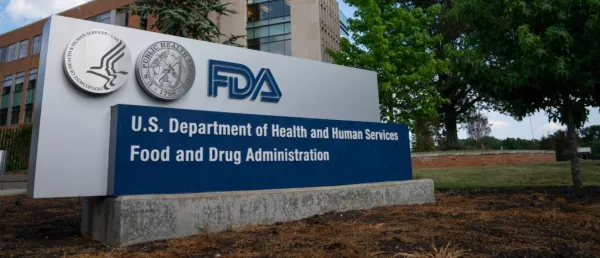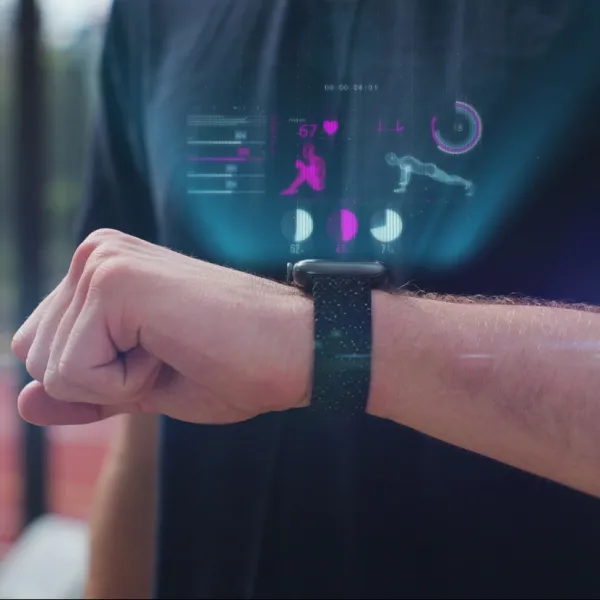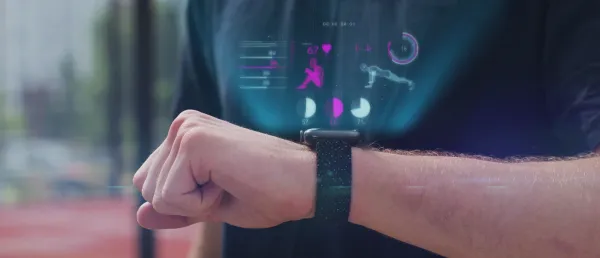GE HealthCare Launches AI-Powered CleaRecon DL to Enhance CBCT Image Quality

The AI-driven solution removes streak artifacts caused by pulsatile blood flow and contrast changes during CBCT scans, especially in liver, prostate, neuro, and endovascular aortic repair procedures.
GE HealthCare has introduced CleaRecon DL, a new technology powered by a deep-learning algorithm to enhance the quality of cone-beam computed tomography (CBCT) images used in interventional procedures.
The AI-driven solution is designed to remove streak artifacts caused by pulsatile blood flow and changes in contrast distribution during CBCT acquisitions, particularly in liver, prostate, neuro, and endovascular aortic repair procedures.
CBCT imaging, widely used in interventional suites, offers cross-sectional visualization critical for guiding procedures.
However, image quality can be compromised by artifacts generated from vessel pulsatility, affecting the reconstructed images' clarity and accuracy. These artifacts may reduce clinicians’ confidence in interpreting CBCT images, limiting the technology’s broader adoption in routine practice despite its potential to enhance procedural precision.
Arnaud Marie, General Manager of Interventional Solutions at GE HealthCare, stated, “The introduction of CleaRecon DL represents a leap forward in the interventional suite and for the advancement of CBCT. By improving image quality and reducing artifacts, this technology can empower clinicians to perform procedures with greater precision and confidence.”
Deep learning, the underlying technology of CleaRecon DL, is a form of artificial intelligence recognized as a leading method in image processing. It relies on extensive, representative data sets and collaboration with clinical experts for training and validation.
The algorithm is specifically designed to deliver more transparent, more accurate CBCT images, which support healthcare professionals in making better-informed decisions during interventions.
Clinical validation testing underscored the technology’s impact: in 98% of cases, CBCT images reconstructed with CleaRecon DL were more explicit than conventional CBCT images. Furthermore, the technology increased clinicians’ confidence in image interpretation in 94% of cases.
Dr. Charles Nutting, Interventional Radiologist at Image Guided Therapy in Denver, Colorado, said, “CleaRecon DL takes CBCT to the next level, enabling clinicians to confidently use CBCT on patients with tools that help us provide the highest quality imaging and treatment across a wide range of clinical scenarios. This advancement improves our ability to perform precise interventions, with less image manipulation and eliminates artifacts that have historically hindered image clarity, ultimately helping improve the care clinicians can provide to patients.”
CleaRecon DL has received US FDA 510(k) clearance and the CE mark and will be available on the Allia platform. It is currently accessible in the United States and the European Union.
The technology was showcased at the Global Embolization Symposium & Technologies (GEST) 2025 Annual Meeting held from May 15-18, 2025, in New York.
Stay tuned for more such updates on Digital Health News





























